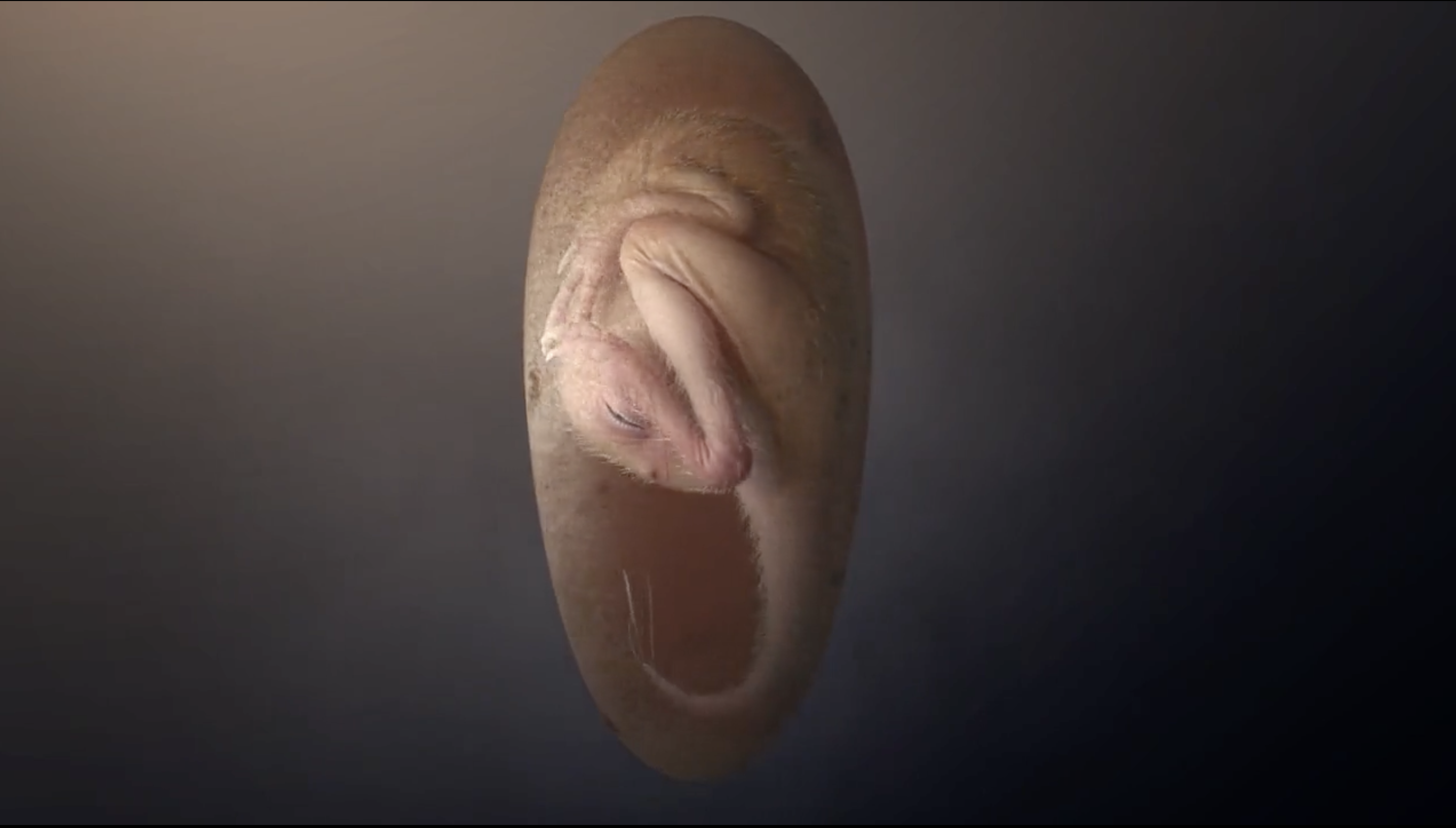A dinosaur embryo was discovered in pristine condition within a fossilized egg.
For over a decade, an egg lay unnoticed in the storage room of the Yingliang Stone Natural History Museum in Nan’an, China, concealing a remarkable secret. This egg, originally unearthed in Shahe Industrial Park in 2000 and subsequently donated to the museum, went unexamined for years until scientists made an astonishing discovery: it contained a perfectly preserved dinosaur embryo.
Upon closer inspection during a storage reorganisation, researchers found that the egg held an embryo measuring 27 cm (11 inches) long, identified as belonging to an oviraptorosaur, a group of feathered dinosaurs resembling ostriches. These dinosaurs lived during the Cretaceous Period, and the egg was estimated to be around 72 million years old.
Named ‘Baby Yingliang,’ this embryo is one of the most complete dinosaur embryos ever found, captivating scientists with its remarkable state of preservation. Of particular interest was the posture of the embryo.
A 2021 study conducted by the University of Birmingham and China University of Geosciences (Beijing) described the embryo’s bird-like posture: its head was positioned below its body, with feet on either side and its back curled towards the blunt end of the egg. This posture, known as ‘tucking,’ is associated with modern birds.
The study noted, “This posture was previously unrecognized in a non-avian dinosaur, but reminiscent of a late-stage modern bird embryo.”
Professor Steve Brusatte from the University of Edinburgh, part of the research team, remarked, “This little prenatal dinosaur looks just like a baby bird curled in its egg, which is yet more evidence that many features characteristic of today’s birds first evolved in their dinosaur ancestors.” He also described Baby Yingliang as “one of the most beautiful fossils I have ever seen.”
Fion Waisum Ma, joint first author and PhD researcher at the University of Birmingham, expressed excitement about the discovery: “We are very excited about the discovery of ‘Baby Yingliang’ – it is preserved in a great condition and helps us answer a lot of questions about dinosaur growth and reproduction with it.”
Ma added, “It is interesting to see this dinosaur embryo and a chicken embryo pose in a similar way inside the egg, which possibly indicates similar pre-hatching behaviours.”


